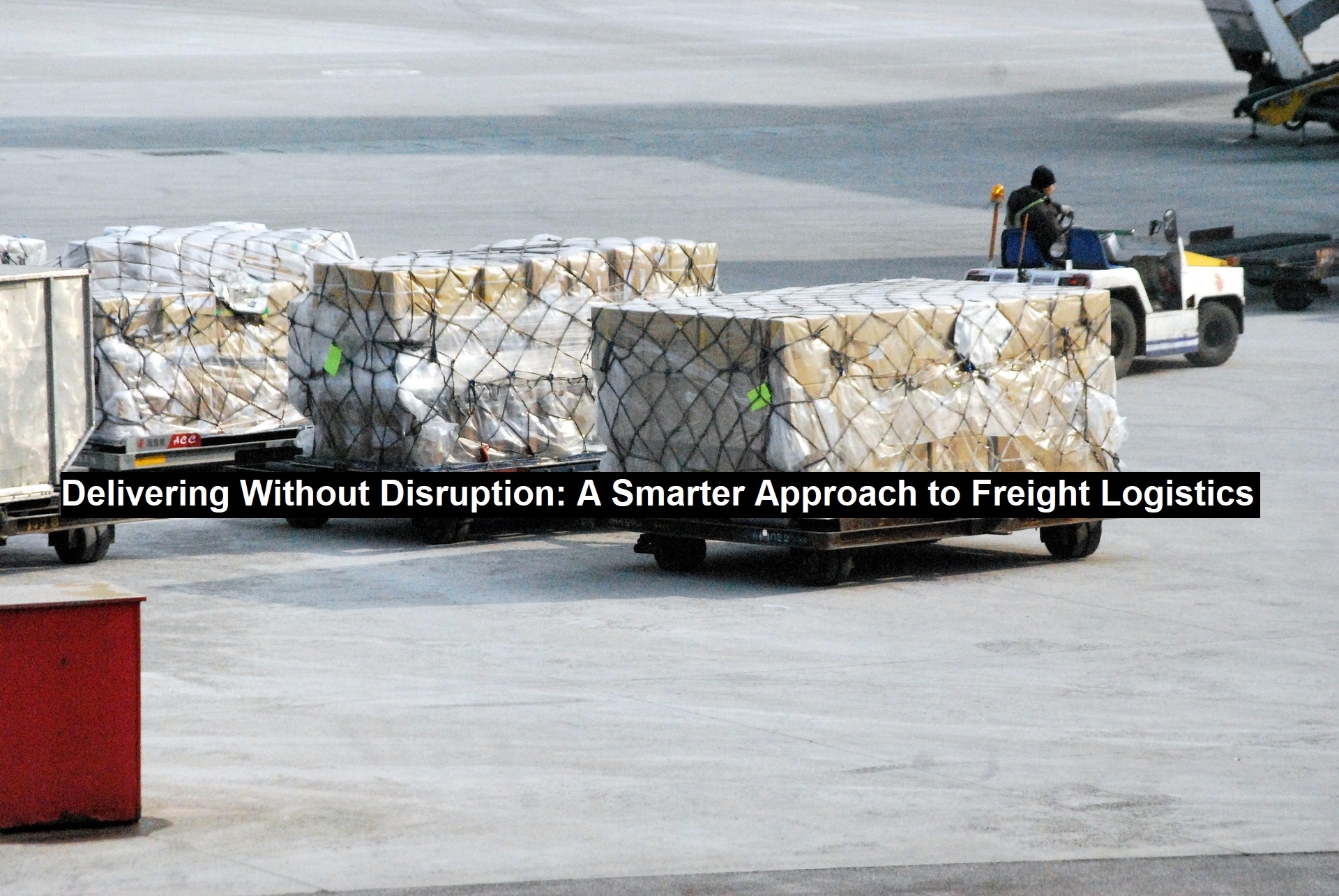In a world that increasingly depends on fast, efficient delivery of goods, freight bottlenecks have become a major concern. From long wait times at warehouses to nationwide driver shortages, the logistics industry faces mounting challenges that threaten the timeliness and reliability of supply chains. But while the obstacles are many, so too are the opportunities for businesses to improve. Through proactive planning and smart investments, companies can navigate the chaos and keep deliveries on schedule.
The Complex Web of Freight Disruptions
Though traffic delays get a lot of attention, the underlying causes of freight slowdowns are far more complex. Chief among them is a shortage of available drivers — a problem that continues to grow as veteran truckers retire and fewer young workers enter the field. This shortage creates bottlenecks at every stage of transportation. For businesses struggling to maintain consistent shipping operations, one of the best solutions is to use online platforms to quickly find a truck driver when needed — eliminating the scramble to cover critical routes.
Warehouses also play a major role in slowing things down. Inefficient dock scheduling, limited staffing, and poor layout design can result in trucks waiting for hours before they can load or unload. These delays are costly not just in time, but in driver retention and overall efficiency.
Even well-staffed logistics teams face challenges when working with outdated tools. Manual tracking methods and disconnected systems prevent real-time visibility, which can lead to missed delivery windows and confused customers. Without up-to-the-minute data, businesses struggle to respond to delays before they escalate.
External risks only add to the pressure. Natural disasters, fuel price surges, and global trade disruptions can hit without warning, leaving unprepared logistics operations in a scramble.
Read: The Power of Sensory Workspaces: Boosting Productivity and Well-Being
Strategic Fixes That Keep Freight Moving
To overcome these challenges, businesses must modernize their approach from the ground up. First, enhancing driver access is crucial. Rather than relying on time-consuming recruitment processes, many companies now use digital platforms to find a truck driver quickly, ensuring fewer gaps in coverage and more consistent delivery performance.
Warehouse optimization is another high-impact area. By implementing appointment-based systems and improving workflow automation, companies can drastically reduce dwell time. AI-powered tools that track inventory or manage docks help ensure that trucks move through facilities efficiently, improving driver satisfaction and overall supply chain velocity.
Technology also offers powerful solutions for route planning and issue management. Real-time tracking enables companies to spot potential bottlenecks before they disrupt schedules, while AI-driven logistics systems suggest optimal routes to avoid traffic or weather-related delays.
Additionally, better collaboration across the supply chain can prevent many issues before they arise. Coordinated communication between carriers, warehouse managers, and retailers ensures everyone is working from the same data, making it easier to resolve potential slowdowns proactively.
Freight challenges are here to stay — but businesses that embrace innovation, streamline communication, and take a proactive approach to staffing and operations can keep deliveries moving forward.
Smarter-Approach-to-Freight-Logistics


